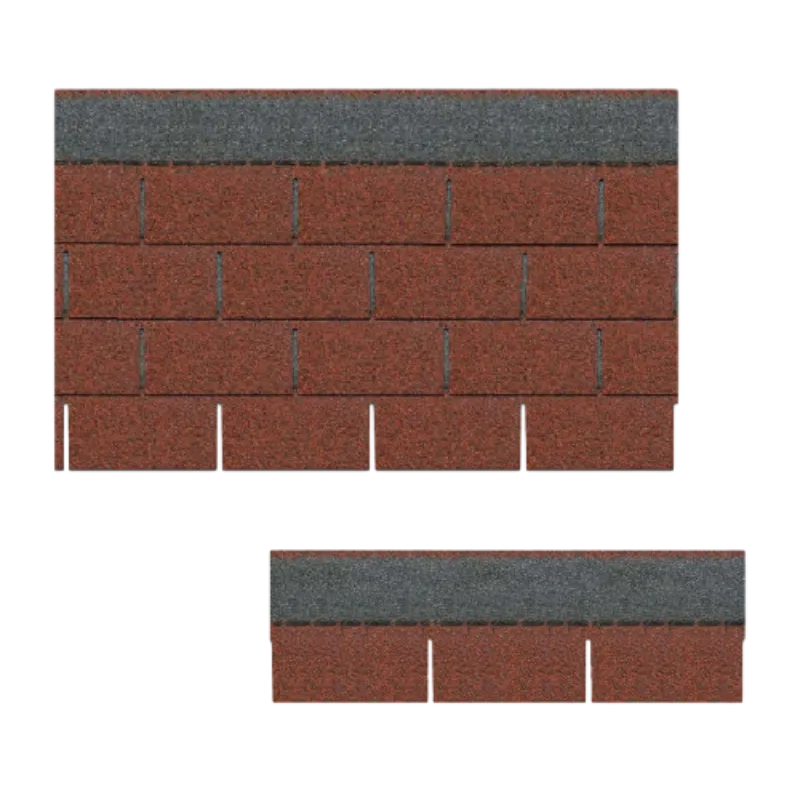
Nov . 01, 2024 04:09 Back to list
Understanding the Impact of Staining on Asphalt Shingle Durability and Appearance
Understanding Staining of Asphalt Shingles Causes and Solutions
Asphalt shingles are a popular roofing material due to their affordability, ease of installation, and wide range of styles and colors. However, one common issue homeowners face with asphalt shingles is staining. Stains can detract from a roof's appearance, reduce its lifespan, and indicate underlying problems. In this article, we will explore the causes of staining on asphalt shingles and discuss possible solutions.
Causes of Staining
1. Mold and Algae Growth One of the most prevalent causes of staining on asphalt shingles is the growth of mold and algae, especially in humid and moist climates. Algae thrive in shady areas of the roof where moisture accumulates. The dark stains caused by algae can move across the roof over time, making it look unsightly.
2. Environmental Factors Various environmental factors contribute to the staining of asphalt shingles. Overhanging trees can trap moisture on the roof, providing an ideal environment for mold and algae growth. Additionally, bird droppings, leaves, and other debris can accumulate on the shingles, leading to discoloration.
3. Quality of Materials Not all shingles are created equal. Lower-quality asphalt shingles may be more prone to staining and deterioration over time. It's essential to invest in high-quality materials that are resistant to algae and mold.
4. Metal Roof Flashings In some cases, the use of untreated metal flashings that are adjacent to asphalt shingles can lead to staining. When metal oxidizes, it can produce rust stains on the shingles.
Preventive Measures
staining asphalt shingles

To mitigate staining on asphalt shingles, homeowners can take several proactive steps
1. Regular Cleaning Periodically cleaning your roof can help prevent mold and algae from taking hold. Homeowners can use a mixture of water and oxygen bleach or a specialized roof cleaner to wash the shingles. It is crucial to avoid high-pressure washing, as it can damage the shingles.
2. Trim Overhanging Branches Keeping trees trimmed and away from the roof can minimize shade and moisture accumulation, reducing the likelihood of algae growth.
3. Install Algae-resistant Shingles When replacing or installing new shingles, consider choosing products designed to resist algae growth. These shingles typically contain copper or zinc granules that prevent algae from thriving.
4. Ensure Proper Ventilation Good roof ventilation helps to reduce moisture accumulation, which can prevent the growth of mold and algae. Proper airflow under the roof deck can help maintain a drier environment.
Conclusion
Stains on asphalt shingles can be an eyesore and may signal underlying issues. Understanding the causes of staining, such as mold growth, environmental factors, and lower-quality materials, is crucial for effectively addressing the problem. By taking preventive measures like regular cleaning, trimming overhanging branches, choosing high-quality shingles, and ensuring proper ventilation, homeowners can protect their roofs from staining and prolong their lifespan. If stains persist despite your best efforts, consulting with a roofing professional may be necessary to explore further solutions. Taking care of your asphalt shingles not only enhances your home’s aesthetic appeal but also preserves its value for years to come.
-
Stone Coated Metal Roof Tile-Nosen Tile: Durable & Stylish Roofing
NewsJul.23,2025
-
Durable Tiles Made of Clay for Modern Cladding Solutions
NewsJul.22,2025
-
Stone Coated Roman Tile Metal Roofing - Durable & Elegant
NewsJul.22,2025
-
Premium Roofing Granules for Sale - High Durability & Cost-Saving
NewsJul.21,2025
-
Durable Laminated Shingles for Weather-Resistant Roofing
NewsJul.21,2025
-
Rubber Roofing Shingles - Durable & Weatherproof SBS Rubber Asphalt Shingles for Homes & Businesses
NewsJul.08,2025







